1. Introduction: What is 2channel (2ch)?
“2channel” (commonly known as “2ch”) is Japan’s largest anonymous online forum, founded in 1999.
Because users can post freely without revealing their identities, discussions often became chaotic and controversial. However, thanks to this anonymity, users could also unite with overwhelming power, influencing society in unexpected ways.
Sometimes, 2ch users just play pranks for fun.
Other times, their actions shake the real world.
Today, we will introduce some of the most legendary large-scale incidents they caused.
- 1. Introduction: What is 2channel (2ch)?
- 2. Hijacking Online Polls - Manipulating Voting Results for Fun
- 3. Ruining a TV Show’s Beach Cleanup Project - The “Shonan Beach Cleanup Raid”
- 4. The Birth of the “Tashiro Cannon” - Hacking TIME Magazine’s Poll
- 5. Taking Down Scam Websites - Using the Tashiro Cannon for Good
- 6. Building a School in Cambodia - “Better to Do Fake Good than to Do Nothing”
- Conclusion: The Unpredictable Power of 2ch Users
2. Hijacking Online Polls – Manipulating Voting Results for Fun
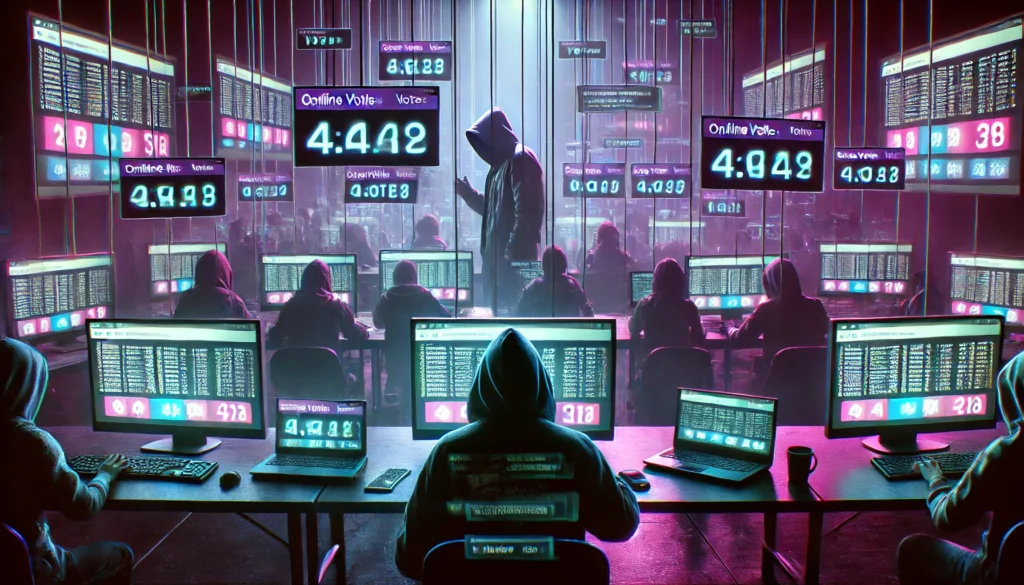
2ch users are masters of online voting manipulation.
By organizing massive voting campaigns, they have created unexpected results that shocked the world and exposed the weaknesses of online polls.
The “Coil Shock” Incident (Pokémon Popularity Polls)
In 2017, a Pokémon popularity poll was held, allowing fans to vote for their favorite Pokémon.
However, 2ch users decided to make “Coil” (Magnemite), an obscure electric-type Pokémon, the winner by flooding the poll with votes.
As a result, Coil dominated the rankings, pushing aside the usual fan-favorite Pokémon.
The official organizers attempted to adjust the rankings, but by then, Coil had already become a legendary meme in the Pokémon community.
The Inazuma Eleven Popularity Poll Incident
Similarly, during a popularity poll for the anime Inazuma Eleven,
2ch users rigged the votes so that “Gojo Katsu,” a minor background character, would take first place.
The unexpected and absurd result forced the organizers to cancel the poll entirely.
This incident demonstrated how online polls can be easily manipulated by internet communities.
3. Ruining a TV Show’s Beach Cleanup Project – The “Shonan Beach Cleanup Raid”
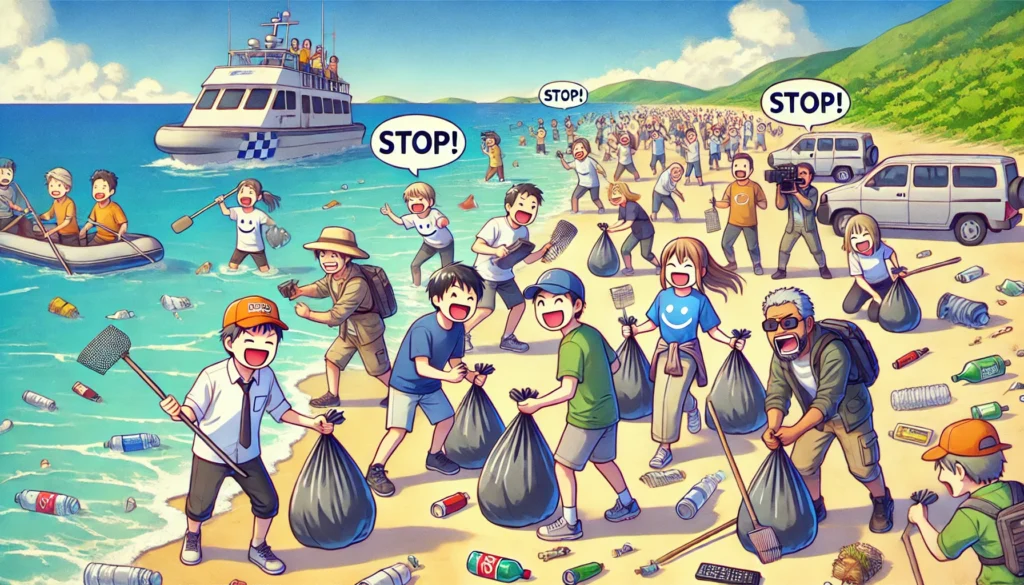
In 2002, the Japanese TV station Fuji TV announced an environmental project called “10,000 People Beach Cleanup in Shonan”.
However, 2ch users saw through the network’s PR-driven motives and decided to have some fun.
“If they’re going to clean the beach, let’s beat them to it!”
A call to action was posted on 2ch, and a massive number of users gathered the day before the scheduled event.
They cleaned up every single piece of trash on the beach.
On the day of the TV broadcast, Fuji TV arrived, only to be greeted by a spotless, trash-free beach.
Their cleanup event was completely ruined.
While cleaning the beach is undoubtedly a good thing, 2ch users took an act of environmentalism and turned it into a legendary prank against a major television network.
4. The Birth of the “Tashiro Cannon” – Hacking TIME Magazine’s Poll
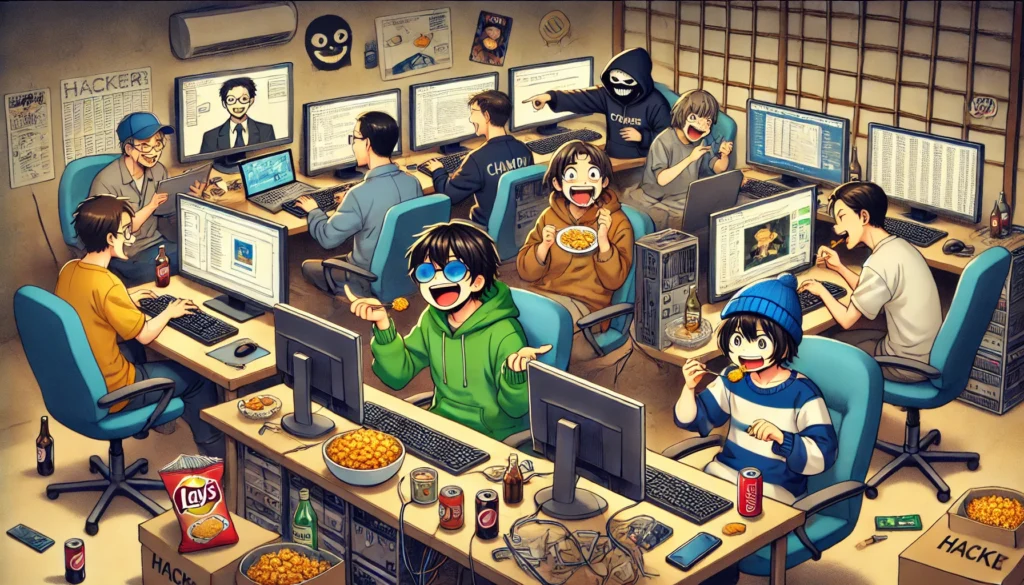
How It All Started: Trying to Put a Peeping Tom on TIME Magazine’s Cover
In 2001, TIME magazine held an online vote for “Person of the Year”,
allowing internet users worldwide to vote for the most influential person of the year.
2ch users, instead of voting for a political figure or an entrepreneur,
decided to make “Masashi Tashiro” the winner.
Masashi Tashiro was a Japanese comedian and musician,
but he had gained notoriety for multiple arrests related to peeping on women and secretly filming people in public places.
Despite (or perhaps because of) this, he had become a meme on 2ch.
2ch users flooded the voting site with votes, pushing Tashiro to the top spot.
The Creation of the “Tashiro Cannon”
To make their votes even more effective, 2ch users developed an automated voting tool called the “Tashiro Cannon”.
This program allowed users to send thousands of votes per second with a single click.
For a brief moment, Masashi Tashiro was ranked as the most influential person of the year on TIME magazine’s official poll.
However, TIME eventually noticed the manipulation and voided his votes, preventing him from appearing on the magazine cover.
While the prank failed in the end, it demonstrated how an online community could exploit internet voting systems.
And the “Tashiro Cannon” would soon become a weapon for justice.
5. Taking Down Scam Websites – Using the Tashiro Cannon for Good
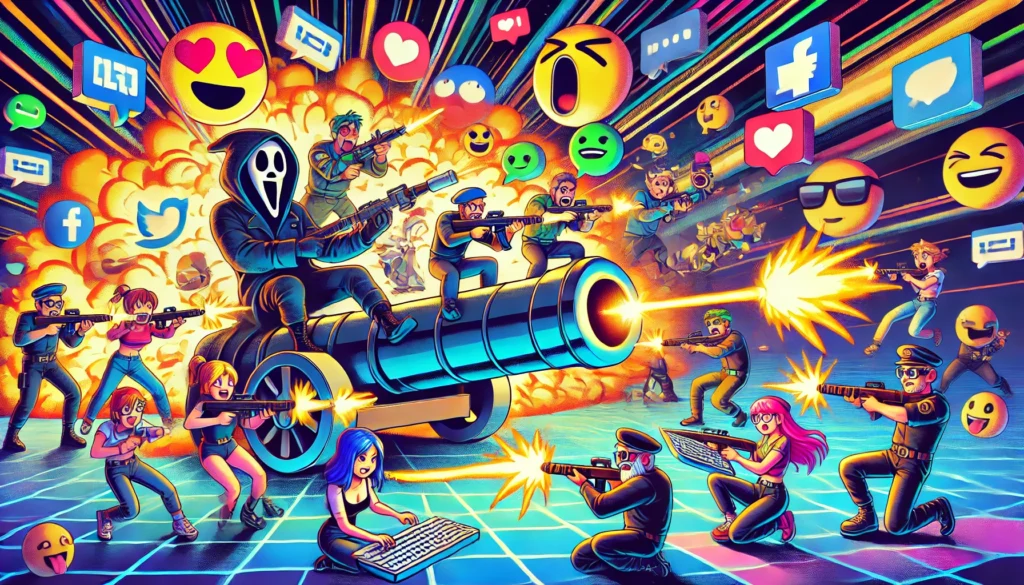
Originally, the Tashiro Cannon was created as a prank tool for hijacking online polls.
But soon, 2ch users turned it into a weapon against cybercriminals.
At the time, “One-Click Fraud” scams were rampant in Japan.
These scams tricked internet users by displaying fake payment requests,
claiming “You have unpaid fees! Pay now, or legal action will be taken!”
Victims, fearing legal trouble, would pay these fraudulent fees.
To counter this, 2ch users directed the Tashiro Cannon at scam websites,
flooding their servers with traffic until they crashed and became unusable.
Thanks to their efforts, many scam websites were taken down,
forcing fraudsters to shut down their operations.
A tool originally designed for online pranks had now evolved into a weapon against internet crime.
6. Building a School in Cambodia – “Better to Do Fake Good than to Do Nothing”
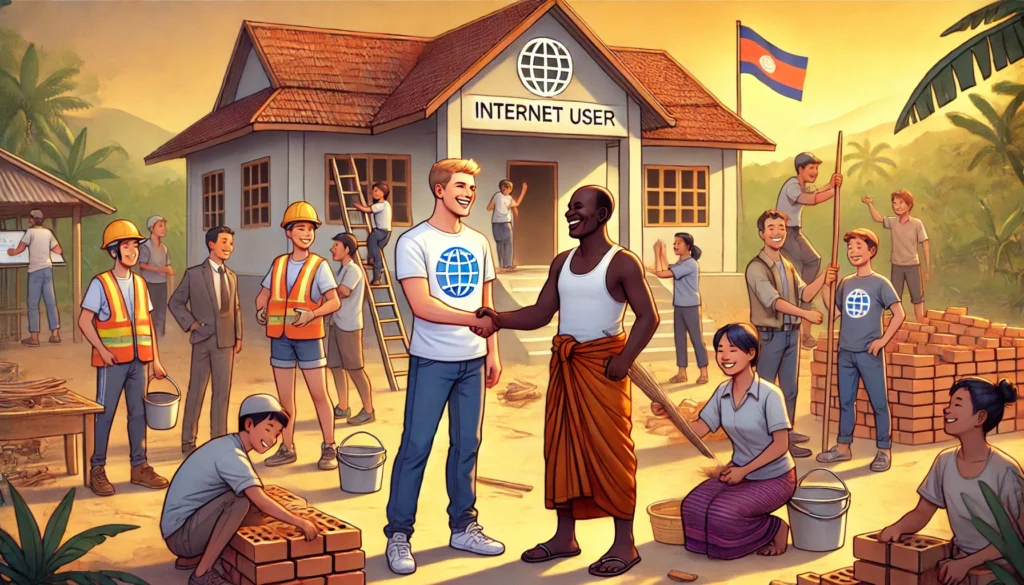
Finally, we come to the most unexpected and inspiring incident caused by 2ch users.
One day, a discussion thread appeared on 2ch,
talking about how children in Cambodia had no access to proper schools.
Someone casually suggested,
“Why don’t we build a school for them?”
What started as a simple comment quickly turned into a massive fundraising campaign.
Within just a few weeks, hundreds of thousands of yen (thousands of US dollars) were raised.
And then, it actually happened—
A real school was built in Cambodia, funded entirely by anonymous 2ch users.
The phrase “Better to do fake good than to do nothing” became their slogan.
It was a moment when a chaotic, prank-loving community came together to create real, lasting change.
Conclusion: The Unpredictable Power of 2ch Users
2ch has often been seen as a wild, lawless space on the internet,
but beneath the chaos lies a strange and powerful unity.
They hijack online polls, ruin TV projects, destroy scam websites,
and in the end, they even build schools.
They may be reckless, but their scale is enormous.
That’s what makes 2ch legendary.
Recommended Articles



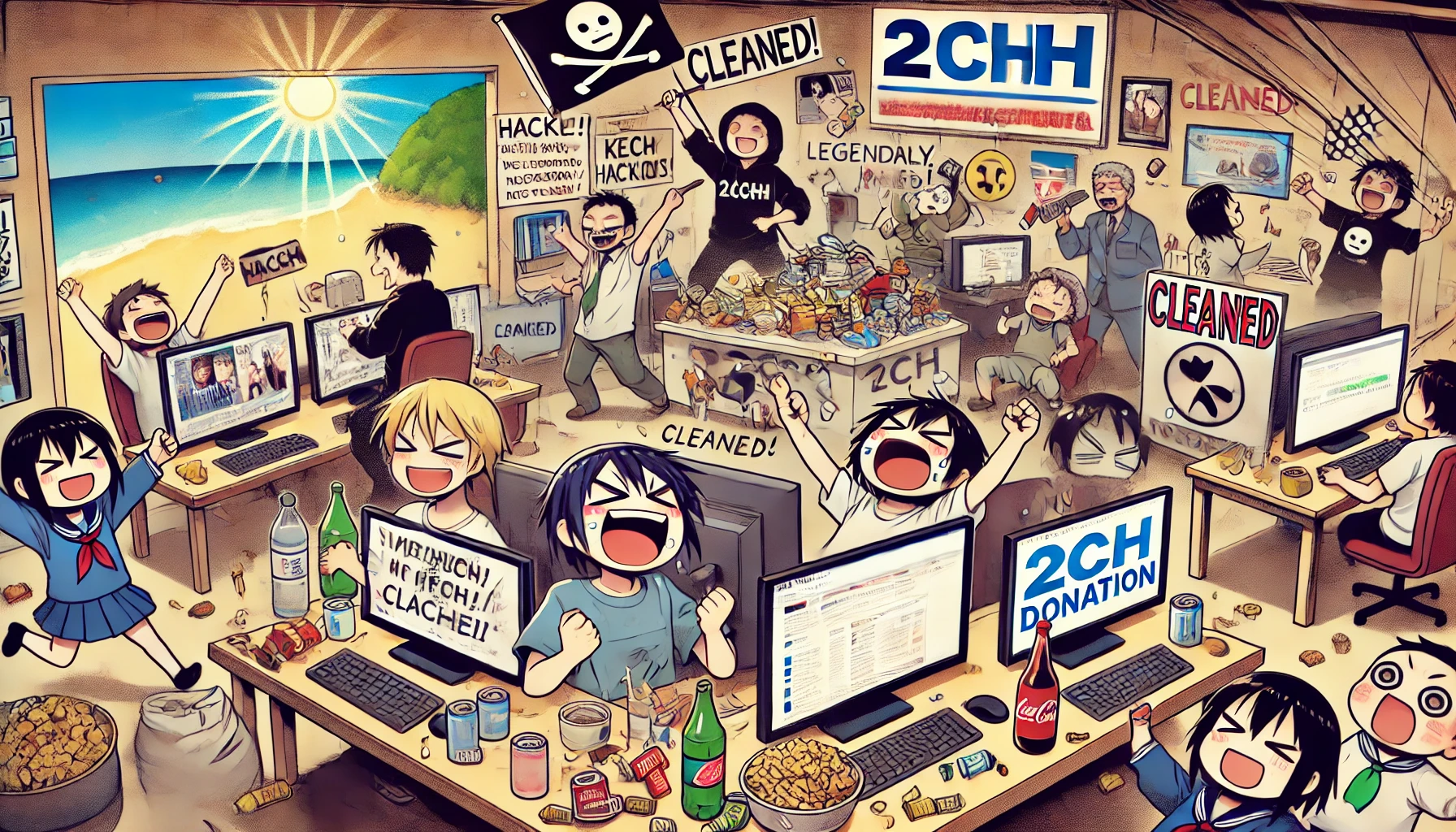


Comments